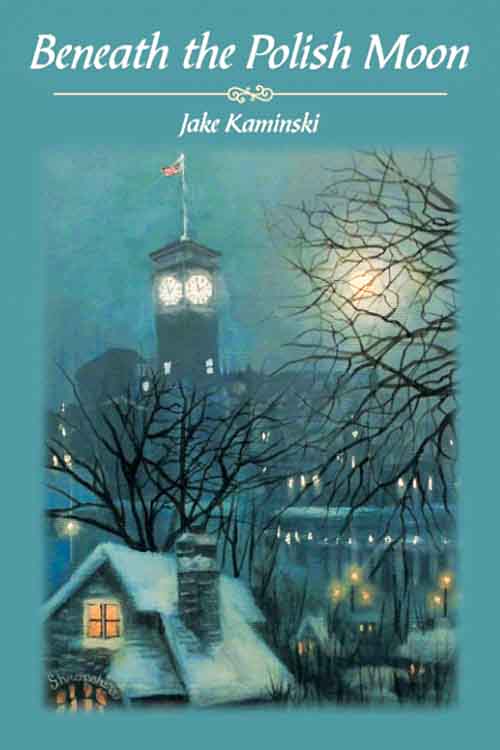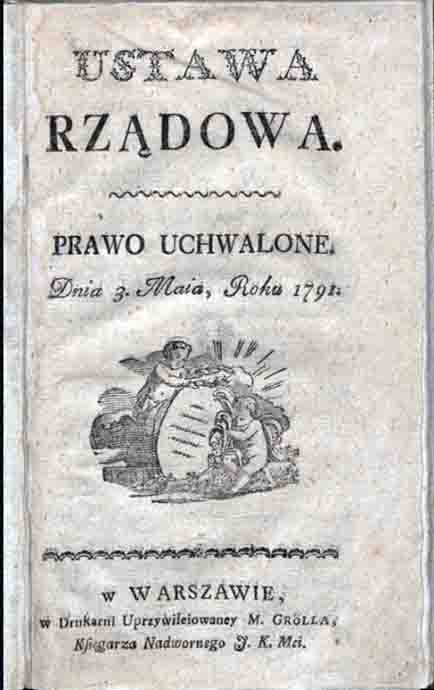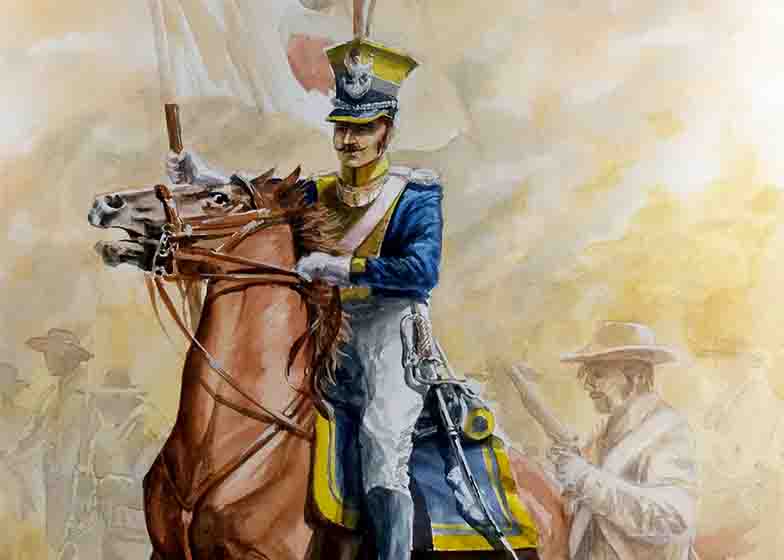In this well-researched historical novel, Bogdan Kotnis chronicles the young life of Pulaski, who offered his services to George Washington and emerged as a brave soldier, demanding commander, and brilliant leader. These qualities earned him the title of "The Father of the American Cavalry" and a congressional appointment as Brigadier General and commander of his cavalry regiment. Readers will see that Kaz made America's Congress and military leadership understand the critical importance of cavalry units and the need for establishing the first actual legion of warriors on horseback to act independent of the immediate needs of the infantry.
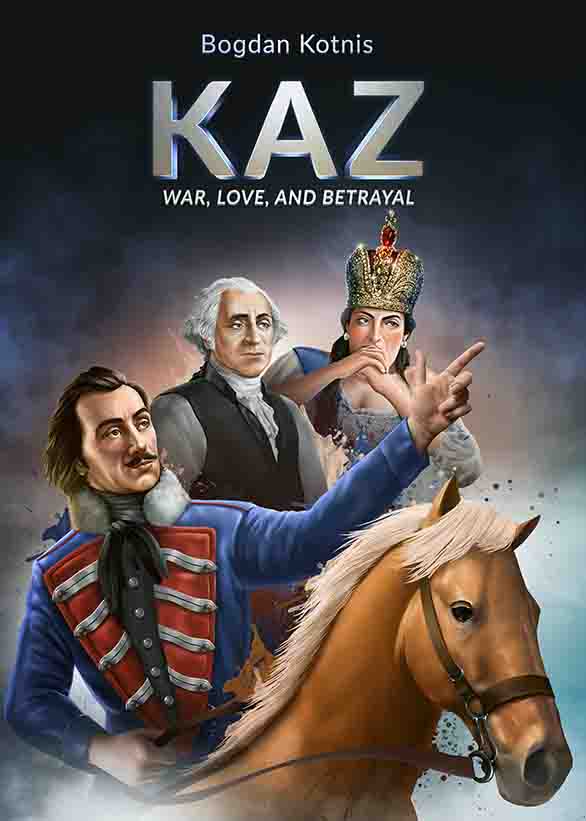
The cover of the book "Kaz: War, Love, and Betrayal"
Few foreign figures in early American events are as widely decorated in civilian society as is this Polish cavalry officer who was wrongly driven into exile from Poland's fight for independence. Kaz believed that the American need to resist and fight against Britain was an inseparable principle from his native Poland's lengthy struggle against Russian domination. As a result, he became one of the Revolutionary War's most influential figures.
The 106 characters in the book are a broad array of diverse individuals from both sides of the Atlantic, making this historical novel a colorful and genuinely exciting narrative. Listing the years associated with the title of each chapter is extremely useful for the reader. The characters are well developed and historically accurate, which brings a better understanding of the history of both Poland and our fledgling republic at the time. Although historical fiction is a blend of fact and fantasy, Kotnis presents a perfect balance of the two and artfully weaves them together into a fascinating account. Kaz requires a little patience to read but is well worth it. When the reader is finished, they will have a much more realistic and accurate view of Poland's continuous fight against Russian aggression.
The number of pages in Kaz seems to be a lot to read. However, the typical American reader will learn and retain essential facts about Polish history and culture that are absent in the curricula of our public schools. As with any historical novel, illustrations help the reader connect with each chapter's subject matter, which was done well, particularly in Part I. As a result, the typical American reader will find the new and foreign historical and cultural aspects of the Polish szlachta, i.e., nobility, quite fascinating.
The average American reader will likely find the details of intermixing of the royal families less exciting, but it provides necessary factual context, which empowers the reader with an overall understanding of the subject. However, the reader will undoubtedly find the political intrigue and deception carried out by royal actors, particularly Empress Catherine, fascinating. There is also Voltaire, the French Enlightenment writer, and philosopher who is employed to write a defamatory fabrication about Kaz, in which he is accused as the ringleader of a group intent on assassinating King Poniatowski, known as Stan to readers. Stan's pathetic weakness is also fully exposed, explaining why Kaz was a vital member of the oppositional Bar Confederation. The reader needs to know that the Bar Confederation was established to defend the liberties of the Polish szlachta and the independence of Poland from Russian encroachment. We further learn of the secret pact for the first partition of Poland, which will soon be followed by two more partitions and the disappearance of Poland from Europe's map for the next 123 years.
Part II presents new facts about Kaz and his essential role in the Revolutionary War. In Chapter 9, we learn that Kaz saved George Washington's life at Brandywine. We are also introduced to fellow countryman Tadeusz Kościuszko, who was key to the victory at Saratoga, and his adjutant Agrippa Hull, an African free man. It should be remembered that the victory at Saratoga convinced the hesitant French to join the Americans in fighting the British, which enabled us to achieve our independence. Despite several obstacles, Kaz is able to establish his Pulaski Legion, which is an important point and is why Kaz is called the Father of the American Cavalry. Chapter 10, Winter at Valley Forge, is an inspiring account of the harsh living conditions that everyone endured but were nevertheless able to continue training and become an effective cavalry force.
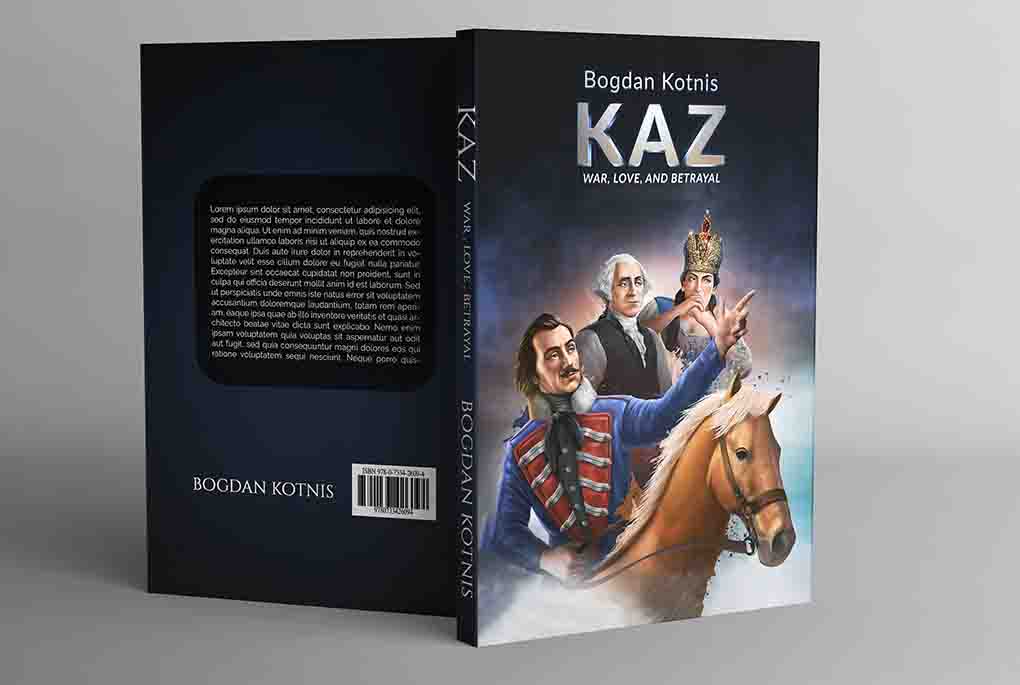
The readers will find Chapter 11, Haudenosaunee Territories, exciting. They will learn a lot about the six Iroquois tribes and why Kaz knew it was important to ally with them against the British. The reader also will learn about the Sullivan expedition and its appalling destruction of the Onaquaga Indian town. Chapter 14 is an exciting conclusion to Kotnis' historical drama. The reader again learns that despite a failed charge against General Prevost at Charleston, Kaz most likely saved Washington's life.
The book's ending point is notably powerful. At Savannah, Sergeant Major James Curry betrays Kaz and the American cause by informing the British about the main points of the attack and its timing. The reader will learn and surely remember that Kaz was a courageous Pole who boldly fought for the American cause but died because of an American's betrayal. Kaz is a vital addition to a reading list for American students and the military. Polish Americans should feature Kaz: War, Love, and Betrayal in their home libraries.






